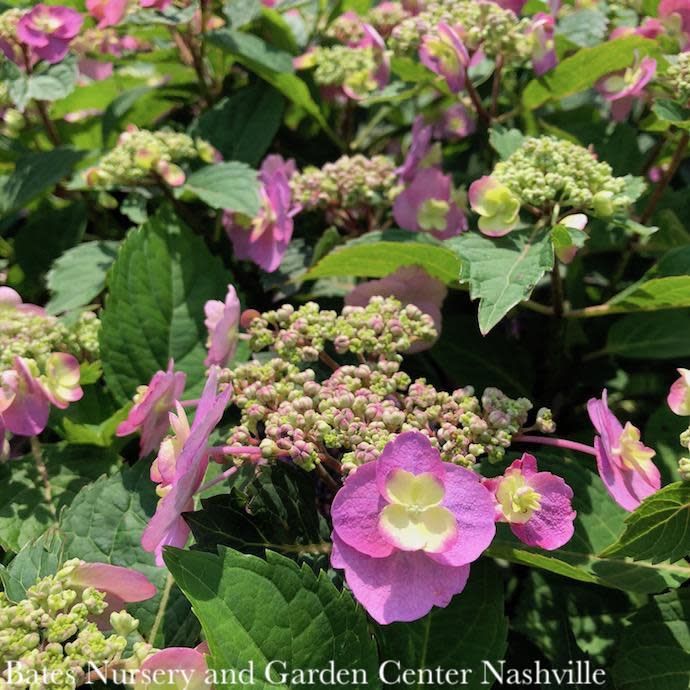#3 Hydrangea serr PW Tuff Stuff/ Mountain/ Lacecap Rebloom Blue to Pink
#3 Hydrangea serr PW Tuff Stuff/ Mountain/ Lacecap Rebloom Blue to Pink
SCIENTIFIC NAME: Hydrangea serrata 'MAK20' USPP 24,820, Can 4,527
COMMON NAME: Tuff Stuff™ Reblooming Mountain Hydrangea
GARDEN SIZE: 2 to 3 feet tall by 2 to 3 feet wide
GROWTH RATE: Moderate
USDA ZONE: 5 to 9
EXPOSURE: Dappled sunlight to partial shade; prefers cool, sheltered sites.
WATER & SOIL:Prefers moist, well-drained, fertile soils rich in organic matter. Adapts to clay, loam, or sandy soils with acidic to neutral pH. Consistent summer moisture promotes better flowering and prevents leaf scorch.
HABIT (FORM): Compact, mounded
FOLIAGE: Deciduous; Dark green foliage resistant to wilting
FLOWER COLOR: Pink in alkaline and neutral soil, blue-purple in acidic soil
FRAGRANCE: None
BLOOM FORM: Lacecap; Clusters of showy sterile florets around fertile centers
BLOOM TIME: Early to late summer; reblooms on old and new wood
PLANT ORIGIN: Japan and Korea; naturally occurs in cool, mountainous woodland habitats
WILDLIFE SUPPORT: May provide some nesting sites and shelter for birds and small mammals, but does not serve as much of a host for local insects and wildlife. May provide food for insects in the spring.
FERTILIZING: Feed in early spring with organic compost or a balanced, slow-release fertilizer. Avoid high-nitrogen formulas that encourage leaf growth at the expense of blooms.
PRUNING: Blooms on old wood. Minimal pruning needed. If pruning, do so immediately after flowering to preserve next year’s buds. Remove weak or winter-damaged stems in early spring while hydrangea is still dormant.
TOXICITY FLAGS: Mildly toxic if ingested (contains cyanogenic glycosides). Some traditional use of the leaves as a tea is reported, but do your own research thoroughly before considering for yourself!
USES: Borders, shaded woodland gardens, specimen, mass planting.

